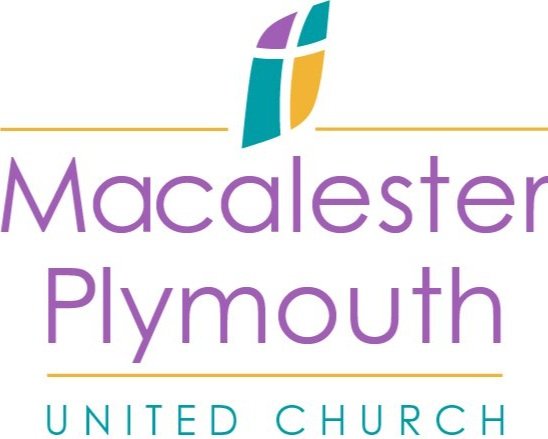Road Salt: the Good (safety), the Bad, and the Ugly
--with apologies for waxing technical
by Judy Helgen
Where does it come from?
Our road salt travels by barge from salt mines west of New Orleans up the Mississippi River where it is off-loaded in St. Paul. On Avery Island (famous for Tabasco sauce), Cargill owns three mines, ancient salt domes that go down 40,000 feet. Miners are currently excavating at 1600 feet -- heat building up will limit future work to 2100 ft. The blue color you see is a chemical added to prevent caking -- potassium ferrocyanide.
How much is used?
One severe winter, Minnesota used 304,600 tons of salt; another year, 174,000. A lot of salt, considering it does not degrade. Nationally, the U.S. recently used 22 million metric tons in one year, or a staggering 48.5 billion pounds of salt -- in only one year!!
Where does it go?
The salt flows off surfaces into soils, it runs into streams, wetlands, and lakes. It does not degrade, so it accumulates. Concentrations in state waters have been increasing over the years, and in groundwater as well, the source of drinking water for 75% of Minnesotans.
What are the consequences?
Sodium chloride is toxic to aquatic life -- the chloride's the bad guy. Biologists at the MN Pollution Control Agency (MPCA) have documented steep declines in the number of species of aquatic invertebrates in waters that have higher levels of chloride. My favorite critter -- tiny crustacean Daphnia, is super-sensitive; mayflies and other more charismatic invertebrates are also harmed, as are amphibians, plants, fish and more. Road salt threatens the natural world.
MPCA lists 'impaired' or polluted water that should, someday, be cleaned up, e.g., for mercury in fish, low oxygen, fecal coliforms, elevated nitrates, or reduced species of fish and aquatic invertebrates. Forty-four waterbodies are listed as impaired by chloride -- half are streams, half lakes. The agency's impaired waters list is sent to US EPA.
A local example:
Como Lake. According to Britta Beldon, Water Resource Project Manager, the lake has been impaired by steadily increasing chloride from decades of road-salt laden runoff to the lake via 22 storm water outfalls. She said St. Paul is implementing practices learned in MPCA's Smart Salting program as it salts around the lake.
What can be done?
I talked with Andy Erickson, Research Manager at the U's St. Anthony Falls Hydraulics Lab and Chair of U MN Water Council. He's deeply invested in stormwater and salt management and researching alternatives. I was happy to hear that the University has reduced salt use to 35%. How did they do this? They are applying brine, i.e. salt dissolved in water, much more efficient than regular salt, a reduction of several hundred tons per year, saving thousands of dollars. MNDOT brines on ramps and bridges, but not roads. Brining is the best alternative.
Homeowners with icy walks can use sand and traction grit. Try to be sparing with deicer, sweep up excess salt. Use slip-on YakTrax or ice-grip shoes (I have Merrell's, but YakTrax would be better). Also, various ice-grippers for canes are available. Slow down driving! See the links below for excellent suggestions to homeowners to help reduce salting and protect our natural environments.
Watershed-friendly Deicing - Penn State Extension
SeaGrant Program: Reducing Use of Deicing Salt for Homeowners

